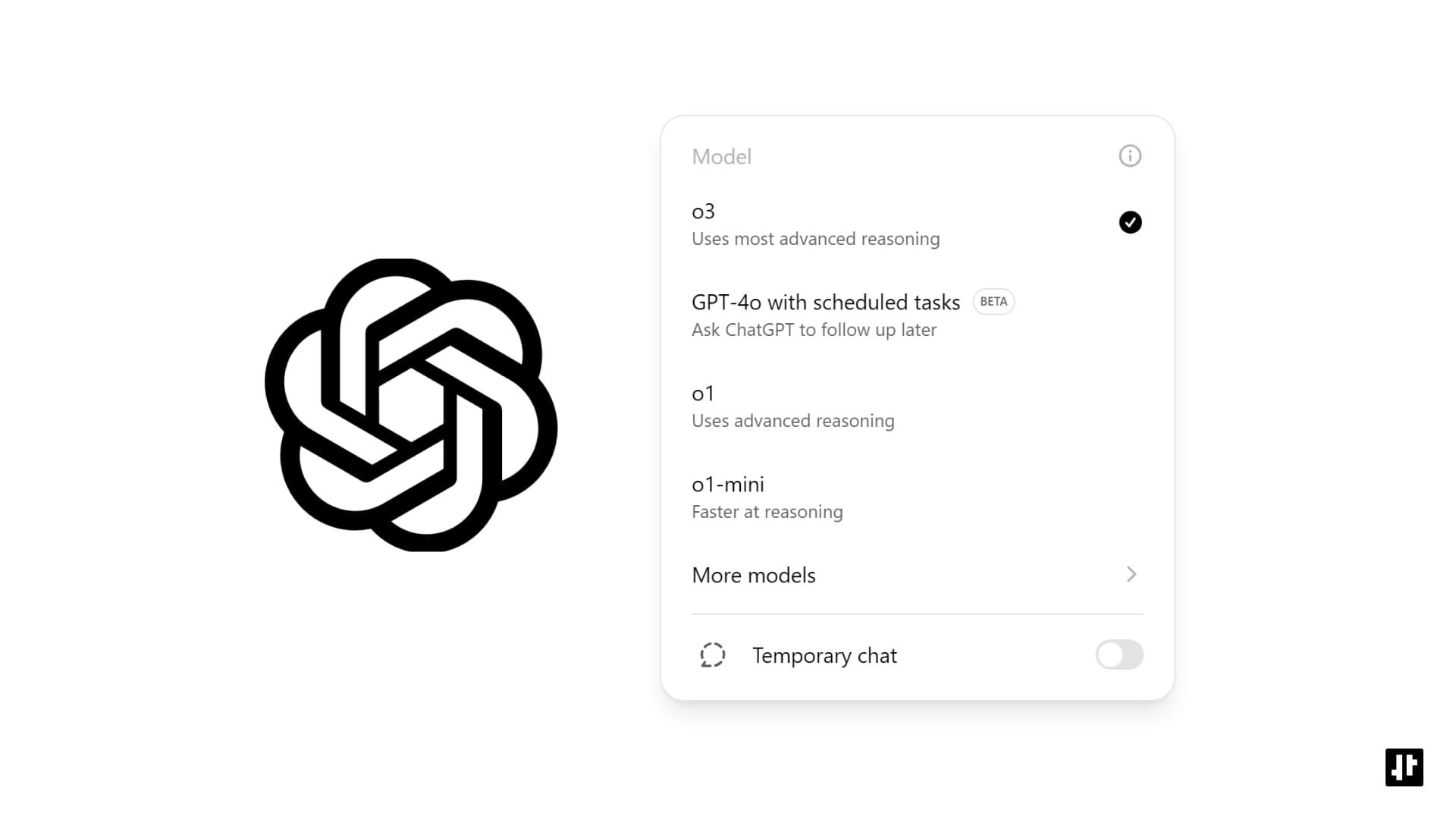OpenAI’s o3 Model: Release Date, Features, and Everything You Need to Know
OpenAI is gearing up for ChatGPT's update, with the launch of o3 and o3-mini, their most advanced reasoning and problem solving models.

OpenAI is preparing to launch its next-generation AI model, o3, which promises groundbreaking advancements in reasoning, problem-solving, and complex task handling. Following extensive testing and safety assessments, the o3 model is set to become a major milestone in the evolution of artificial intelligence and OpenAI. Here’s a complete breakdown of what to expect, when to expect it, and why it matters.
What is OpenAI’s o3 Model?
The o3 model is OpenAI’s latest reasoning-focused AI, designed to handle complex tasks that require step-by-step thinking. It builds on the success of o1 model and previous GPT models. o3 takes the capabilities that we've seen in o1 to the next level with enhanced reasoning, mathematics, coding, and adaptability.
Why the Name “o3”?
OpenAI decided to skip the name “o2” due to potential trademark conflicts with the British telecom provider O2. The name “o3” was humorously confirmed by CEO Sam Altman during a livestream. Despite this quirk, the model has serious advancements to offer.
OpenAI o3 Features and Capabilities
The o3 family includes the main model and a lighter version, o3-mini, designed to cater to a range of users. Here’s why o3 is important:
- Superior Reasoning Performance:
- The o3 model scored 76% on the ARC-AGI benchmark, surpassing human performance for the first time. This test evaluates an AI’s ability to apply knowledge to novel situations, showcasing general intelligence.
- Achieved 87.7% on the GPQA Diamond benchmark, which involves solving expert-level science problems.
- Outperformed previous models in coding benchmarks like SWE-bench Verified, scoring 71.7%, a significant improvement over o1’s 48.9%.
- Advanced Mathematics and Science Capabilities:
- Demonstrated impressive accuracy on the American Invitational Mathematics Exam, highlighting its ability to tackle challenging math problems.
- Excelled in science and engineering tasks, making it a game-changer for professionals in these fields.
- Step-by-Step Reasoning:
- The o3 model uses a “deliberative alignment” technique, allowing it to reason through problems in a logical sequence. This improves its ability to handle complex scenarios safely and effectively.
- Customizable Compute Levels (o3-mini):
- The o3-mini version will offer three levels of compute power: low, medium, and high, providing flexibility for users with different needs and budgets.
OpenAI o3 Release Date
The o3-mini model is expected to launch by the end of January 2025, with the full version of o3 to follow shortly after. While the timeline is tentative, OpenAI has emphasized completing rigorous safety tests before the release.
Public Testing:
OpenAI invited external researchers to test the models in early January 2025, ensuring the models are safe, reliable, and aligned with ethical standards.
How is o3 Different?
The o3 model focuses on reasoning and problem-solving, areas where GPT-4o and even o1 showed limitations. Unlike its predecessors, o3 is designed to:
- Handle real-world applications like advanced coding, mathematical proofs, and scientific research.
- Apply knowledge to new, unseen problems with high accuracy.
- Provide safer and more reliable results through new alignment techniques.
What is o3-mini?
The o3-mini is a smaller, more affordable version of the o3 model. It offers similar reasoning capabilities but is optimized for lower computational costs. This makes it ideal for businesses, developers, and researchers who need powerful AI without the high price tag of the full o3 model.
With that being said, Sam Altman, the CEO of OpenAI, has mentioned on X that o3-mini would not outperform o1 pro at most tasks, however it would be faster.
Why is OpenAI’s o3 Model Important?
The o3 model represents a significant leap in AI technology, particularly in reasoning, coding, and adaptability. Here’s why it matters:
- Revolutionizing Industries: With its superior problem-solving capabilities, o3 has the potential to transform industries like software development, education, and scientific research.
- Safer AI: OpenAI’s focus on safety through “deliberative alignment” ensures the model is robust, ethical, and reliable.
- Advancing General Intelligence: By surpassing human performance in key benchmarks, o3 marks a step toward artificial general intelligence (AGI).
Conclusion
OpenAI’s o3 model is shaping up to be one of the most important AI releases of early 2025. With its advanced reasoning capabilities, superior benchmark performance, and focus on safety, it will likely redefine what AI can achieve in fields like mathematics, coding, and scientific research.
